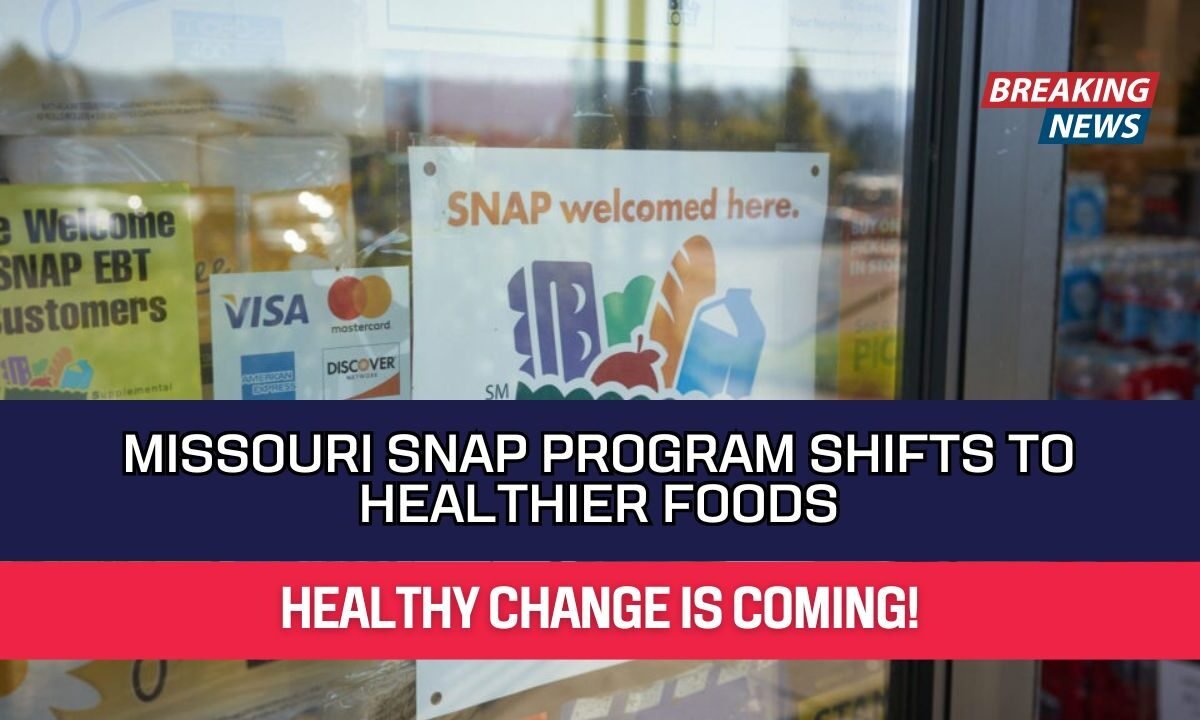Missouri’s SNAP program is about to change in a big way. Governor Mike Kehoe recently signed Executive Order 25-30, which asks the state to shift the program’s focus.
The goal is simple: make it easier for families to buy nutritious foods and discourage the purchase of sugary, highly processed items. This new plan is also designed to support Missouri farmers, ensuring that SNAP dollars stay in the local economy while helping families eat healthier.
With $1.5 billion in SNAP benefits issued each year, this is a major step for both public health and agriculture in the state.
What Is SNAP and Why the Change?
The Supplemental Nutrition Assistance Program (SNAP) provides financial help to low-income families so they can afford groceries.
In Missouri, the program is run by the Department of Social Services (DSS). It not only reduces hunger but also supports better health by making food more affordable.
Governor Kehoe believes it’s time to use this program to encourage healthier choices. Families who rely on SNAP often face challenges when it comes to buying fresh, quality foods.
By adjusting what SNAP benefits can be used for, Missouri hopes to guide families toward better eating habits while helping local farmers and food producers.
Key Goals of the New SNAP Focus
The refocused plan is centered on three main ideas:
- Promote healthier food choices by making fresh and whole foods a top priority.
- Discourage junk food that is high in added sugar, salt, and fat.
- Support Missouri agriculture by encouraging purchases of local products like meat, milk, fruits, and vegetables.
Foods Encouraged in the New Plan
The order highlights a clear set of foods that families will be encouraged to buy more often.
| Category | Examples |
|---|---|
| Fruits & Vegetables | Apples, spinach, tomatoes, carrots |
| Protein Sources | Poultry, fish, beef, beans, lentils |
| Dairy Products | Milk, cheese, yogurt |
| Whole Grains | Brown rice, oats, whole-wheat bread |
| Other Healthy Foods | Nuts, legumes, minimally processed |
Governor Kehoe also mentioned the possibility of adding rotisserie chicken to the approved list. This would give families an affordable and convenient protein option.
Supporting Local Farmers
Missouri is one of the nation’s leaders in agriculture. From dairy farms to fruit orchards, the state produces a wide variety of healthy food. By encouraging families to buy Missouri-grown products, this SNAP change will:
- Strengthen farmers markets and local produce stands.
- Boost sales in grocery stores that carry Missouri farm products.
- Keep food dollars within the state economy.
According to Director Chris Chinn of the Missouri Department of Agriculture, this effort will “not only support a healthier population but also strengthen Missouri’s farming industry.”
Incentives and Education Programs
The executive order also highlights programs like Double Up Food Bucks, which gives families extra spending power when they buy fresh fruits and vegetables. Programs like this make it easier to choose nutritious food while helping families stretch their food budgets further.
Timeline for Changes
Here is the expected timeline for the new SNAP program changes:
- Waiver submitted: Missouri has already sent a waiver request to the USDA.
- Public comment: There is a 30-day public comment period where Missourians can share their views.
- Stakeholder involvement: Nutrition experts, SNAP beneficiaries, farmers, and community leaders will help shape the details.
- Implementation: If approved, the new rules could start on October 1, 2026.
Missouri’s decision to refocus SNAP is about much more than just changing food rules. It is a step toward healthier families, stronger farms, and smarter use of taxpayer money.
By putting the spotlight on nutritious, locally grown food, Missouri hopes to reduce poor diet habits and create long-term health benefits for communities.
This change shows that food assistance programs can do more than fight hunger—they can also build a stronger future for families and agriculture together.




